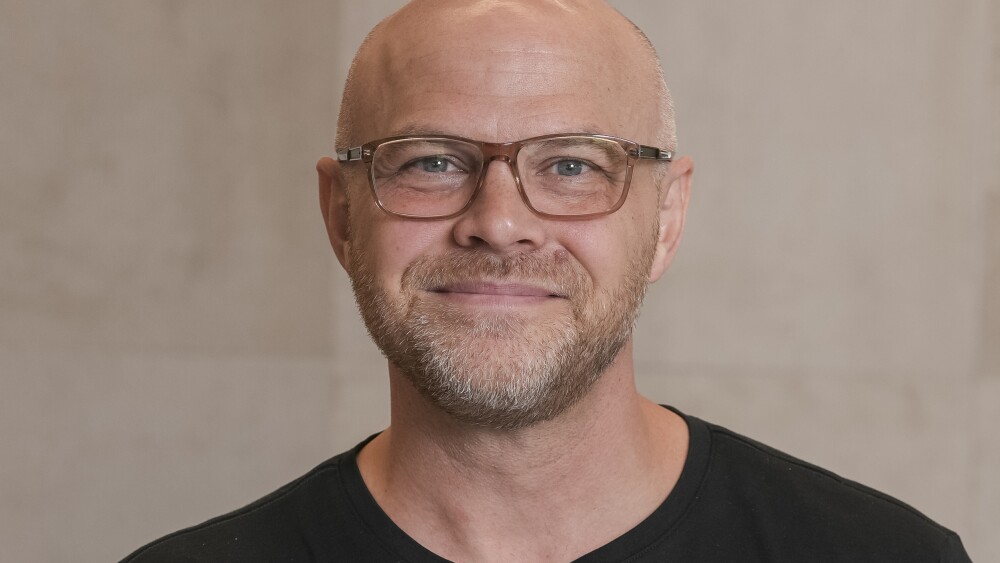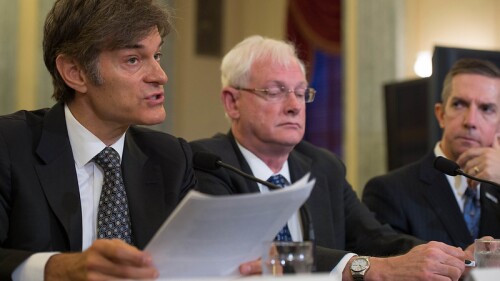News
With $90 million to start, Syndeio has a lead asset in Phase II clinical trials for major depressive disorder, with plans to soon launch a biomarker trial in Alzheimer’s disease.
FEATURED STORIES
Digitization enables each drug to have a software-enhanced version optimized for individual patients.
The past four years have brought disappointment for the Huntington’s community, but optimism is growing as companies including Prilenia and Wave Life Sciences eye paths to approval of therapies that could address the underlying cause of the disease.
A fatal, highly hereditary illness with no disease-modifying treatments, Huntington’s is long overdue for a therapeutic win. Here, BioSpace looks at five candidates that could change the trajectory for patients.
Job Trends
Genmab A/S and AbbVie announced new data from the ongoing phase 1/2 EPCORE™ NHL-1 clinical trial investigating epcoritamab, a T-cell engaging bispecific antibody administered subcutaneously, demonstrated an overall response rate of 82 percent, a complete response rate of 63 percent and minimal residual disease negativity rate of 67 percent in patients with relapsed/refractory follicular lymphoma.
FROM OUR EDITORS
Read our takes on the biggest stories happening in the industry.
After Emma Walmsley steps down as GSK CEO in January, Vertex Pharma’s Reshma Kewalramani will be the sole female CEO at a top-20 pharma company. Still, there are many prominent women in pharma that could someday break through again.
THE LATEST
Unlike other hemophilia therapies, Qfitlia is indicated for both hemophilia A and B, and can be given in patients regardless of the presence of neutralizing antibodies against clotting factor VIII or IX.
BMO Capital Markets analysts said the results potentially position lepodisiran as “one of the most durable assets in development to date” in the competitive Lp(a) space, where drugs are designed to lower the risk of cardiovascular events such as heart attack and stroke.
Ayrmid’s offer is 50% higher than bluebird’s previously announced deal with Carlyle and SK Capital Partners.
According to BMO Capital Markets, Rybelsus’ outcomes in SOUL were “inconsistent,” failing to significantly lower cardiovascular death and nonfatal stroke.
Werner held roles at Bristol Myers Squibb, AstraZeneca and Novartis before landing at Alltrna, where she works to develop tRNA-based treatments for a range of diseases.
While Novartis and Bayer got there first, AstraZeneca, Bristol Myers Squibb and Eli Lilly are all vying to bring their radiopharmaceutical assets to a market projected to be worth over $13 billion by 2033.
In the coming two weeks, the FDA is expected to announce three big decisions, including one for a dry eye disease therapy.
The European Union’s CHMP said that the benefits of the drug, already approved in the U.S., do not outweigh the risk of potentially fatal brain swelling and bleeding.
Compounded versions could make up as much as 40% of the semaglutide market, said Novo Nordisk CEO Lars Fruergaard Jorgensen on Thursday, but the company hopes to win patients over.
Milestone Pharmaceuticals hit another bump in the road in its quest to get Cardamyst approved for paroxysmal supraventricular tachycardia when the FDA issued a Complete Response Letter on Friday.

















